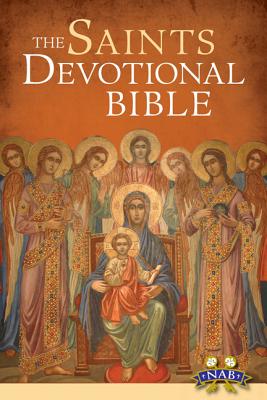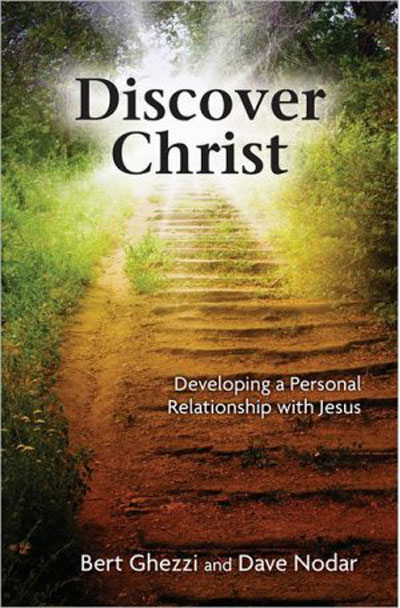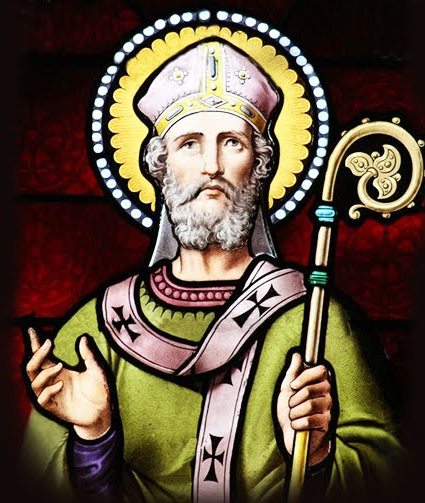Today we continue our regular series called “Learning from the Saints.” Our guide is expert Bert Ghezzi, a dear friend of mine and the author of numerous books including Voices of the Saints, Saints at Heart, and Discover Christ: Developing a Personal Relationship with Jesus.
His newest book is The Saints Devotional Bible, which illuminates the Scriptures with the saints’ own reflections. You can learn more about Bert and his work at BertGhezzi.com.
Today, Bert profiles St. Anselm of Canterbury, a twelfth-century Doctor of the Church.
In his life and work, St. Anselm seems to have blended perfectly the Christian essentials of prayer, thought and action. As a monk, he learned the discipline of prayer and won respect as a gifted preacher. As Abbot of Bec in Normandy (1078-1093), he formed others in the spiritual life and wrote theological treatises that are still read with profit today. As Archbishop of Canterbury (1093-1109) he plunged into English politics and defended the Church against the incursions of Kings William II and Henry I. We would do well to imitate his balance even in small ways, assuring our attention to spirituality, study and service.
 History applauds Anselm as the best theologian between St. Augustine and St. Thomas Aquinas. He preferred to defend the faith by using reasonable arguments instead of relying on the authority of Scripture. “Faith seeking understanding” was his life theme. In the Monologion and the Proslogion, Anselm offered rational proofs for God’s existence.. And the Cur Deus Homo?, his most famous book, explained that the Incarnation was necessary to atone for humankind’s outrageous offense of God’s majesty.
History applauds Anselm as the best theologian between St. Augustine and St. Thomas Aquinas. He preferred to defend the faith by using reasonable arguments instead of relying on the authority of Scripture. “Faith seeking understanding” was his life theme. In the Monologion and the Proslogion, Anselm offered rational proofs for God’s existence.. And the Cur Deus Homo?, his most famous book, explained that the Incarnation was necessary to atone for humankind’s outrageous offense of God’s majesty.
As a pastor and teacher, Anselm held forward-looking views. For example, his biographer, Eadmer, tells how the saint chided another abbot for his brutish treatment of boys:
“Now tell me, if you plant a tree shoot in your garden, and straightway shut it in on every side so that it has no space to put out its branches, what kind of tree will you have in after years when you let it out of its confinement?
“‘A useless one, certainly, with its branches all twisted and knotted.’
“Without doubt this is what you do with your boys. They are planted in the garden of the Church, to grow and bring forth fruit for God. But you so terrify them and hem them in on all sides with threats and blows that they are utterly deprived of their liberty. And being thus injudiciously oppressed, they harbor evil thoughts like thorns. They cherish these thoughts so passionately that they doggedly reject everything that could minister to their correction.
Thus, feeling no love or pity, good will or tenderness in your attitude towards them, they have in the future no faith in your goodness but believe that all your actions proceed from malice against them. The deplorable result is that as they grow in body so their hatred increases, together with their apprehension of evil. They have been brought up in no true charity towards anyone, so they regard everyone with suspicion and jealousy.”
Also forward-thinking in his opposition to slavery, in 1102, he got an ecclesiastical council at Westminster to pass a resolution against it.
No diplomat, Anselm knocked heads with Kings William II and Henry I over their insistence on investing bishops with the staff and ring, the spiritual signs of the episcopal office. Twice over this issue he was forced into exile. Ultimately Pope Paschal arranged a compromise that became a model for settling the issue in other countries: the king would have the right to choose the bishop and the Church would invest him with the spiritual signs of office.
Anselm died at Canterbury on April 21. 1109. He was named a Doctor of the Church in 1720.
“My soul, have you found what you are looking for? You were looking for God, and you have discovered that he is the supreme being, and that you could not possibly imagine anything more perfect. You have discovered that this supreme being is life itself, light, wisdom, goodness, eternal blessedness and blessed eternity.”
— St. Anselm of Canterbury
(Image Credit: The Beauty and Mystery of Life)
Read more from Bert at his website www.BertGhezzi.com, or check out his many books on Amazon.
 |
 |
 |
 |


